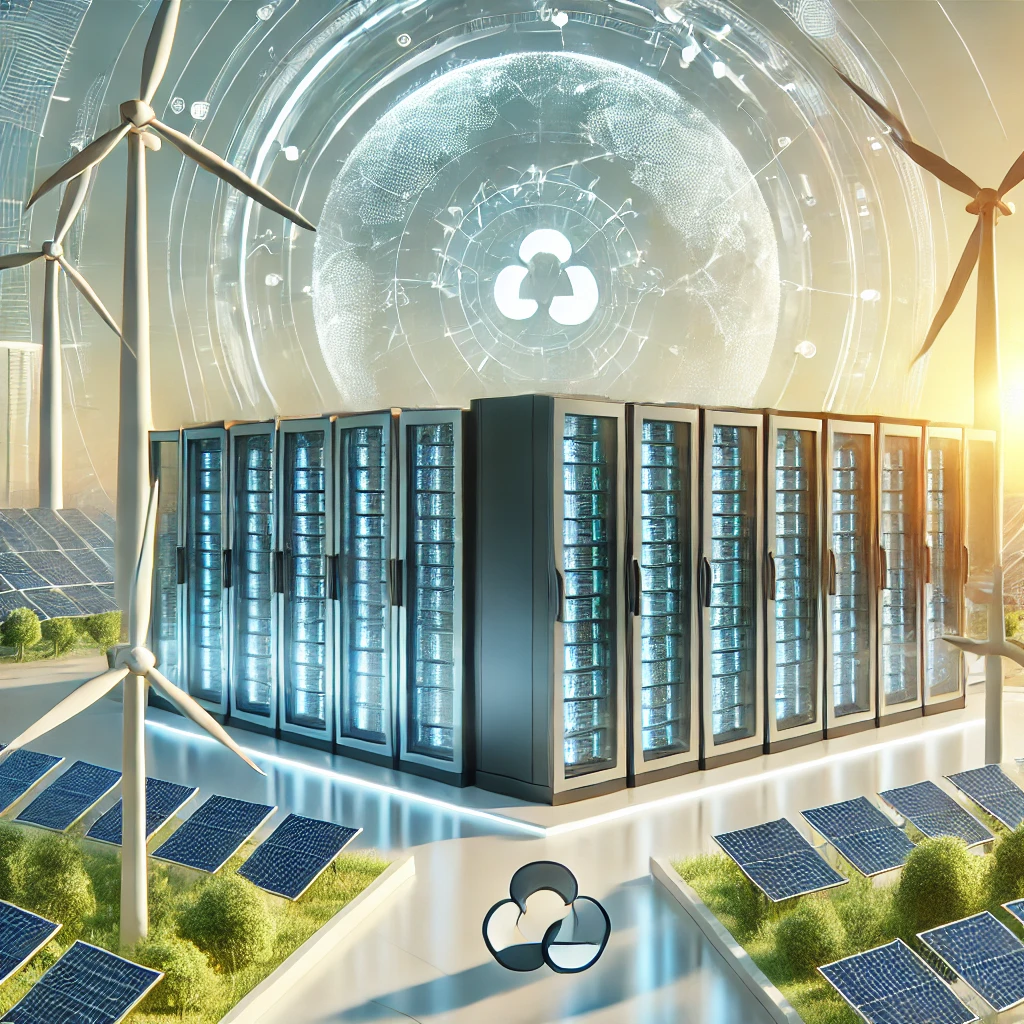Biden Signs Executive Order to Accelerate AI Infrastructure Development
On January 14, 2025, President Joe Biden signed an executive order aimed at expediting the development of artificial intelligence (AI) infrastructure across the United States. This initiative seeks to maintain the nation's leadership in AI technology by facilitating the construction of advanced data centers and ensuring they are powered by clean energy sources.
Leasing Federal Land for AI Data Centers
The executive order directs the Departments of Defense and Energy to lease federal sites to private sector companies for the construction of "gigawatt-scale AI data centers." These centers are essential for training and operating advanced AI models, which require substantial computational resources. Access to federal land is expected to streamline the development process and reduce logistical hurdles for companies investing in AI infrastructure.
Commitment to Clean Energy
A key component of the order is the mandate that private companies bear the costs of building and operating these data centers, including the development of clean energy sources to power them. This requirement aligns with the administration's broader goals of promoting sustainable energy practices and reducing carbon emissions, ensuring that the expansion of AI technology does not come at the expense of environmental health.
Enhancing National Competitiveness and Security
President Biden emphasized that the United States cannot take its lead in AI for granted, noting the profound implications for national security and the potential to improve Americans' lives if harnessed responsibly. By accelerating the construction of AI infrastructure, the administration aims to enhance economic competitiveness, ensure national security, and promote AI safety.
Private Sector Investment
The executive order is expected to bolster private sector initiatives already underway. For instance, in September 2024, Microsoft and BlackRock announced the creation of a $30 billion megafund designed to drive significant infrastructure investment and enhance American competitiveness in AI. Similarly, SoftBank committed to investing $100 billion in AI infrastructure in the U.S. over the next four years.
Streamlining Regulatory Processes
To facilitate the rapid development of AI infrastructure, the order mandates federal agencies to prioritize and streamline the permitting process for AI data centers and associated clean energy projects. This includes expediting grid interconnections and advancing transmission development around federal sites, ensuring that new facilities can become operational without undue delay.
Addressing Environmental and Economic Concerns
While the initiative has garnered support for its potential to strengthen AI capabilities, it has also raised concerns among environmental groups and some lawmakers. Critics worry about the potential increase in pollution and the impact on electricity prices. The administration has responded by emphasizing that developers must cover all costs and source power from clean energy, aiming to minimize any negative effects on the environment and consumers.
Future Outlook
This executive order represents a significant step in the U.S. government's efforts to support the rapid advancement of AI technology. By leveraging federal resources and collaborating with the private sector, the administration seeks to ensure that the United States remains at the forefront of AI development, balancing innovation with sustainability and security considerations.
Sources
- Biden signs executive order to accelerate AI infrastructure build-out in the US
- Biden takes big step for the future of AI with ambitious executive order
- Joe Biden signs executive order to speed AI data center construction
- Biden to issue executive order to ensure power for AI data centers
- Biden Signs Executive Order To Bolster US AI Infrastructure

